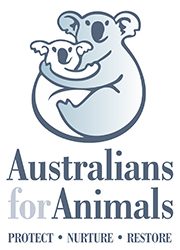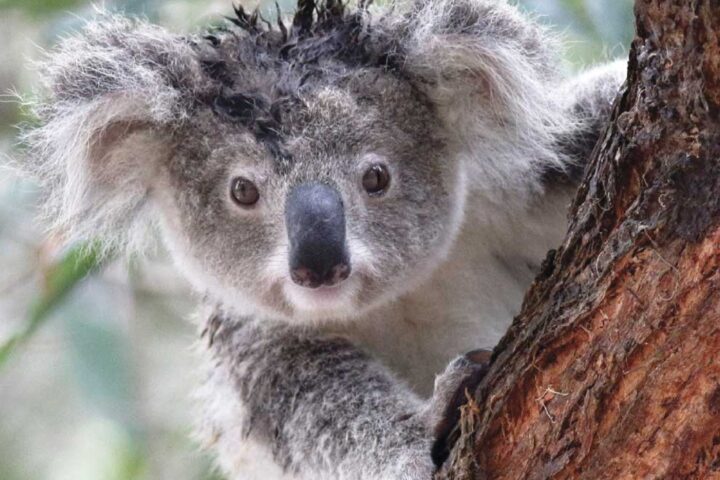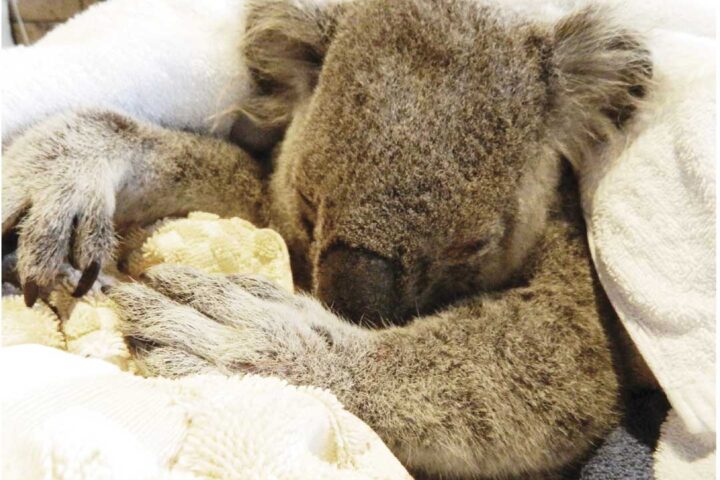The Ochre Project: raising awareness of the dingo cull – Part I (Photos)
ShareShare
See also
Once again, animals are being targeted and killed. This time the killing is being done in Australia. And the animals being wiped out are one of Australia’s most beloved icons: the dingoes.
Knowledge is always important in bringing about change. And this is where The Ochre Project comes in. The group seeks to educate people on the plight of the dogs from down under. And from the looks of their virtual event on Facebook, people are taking notice.
Why ochre? The Ochre Project page states: “Ochre represents the colours of dingoes, are the colours of the earth, and the native colours of Australia.”
And why dingoes? Because, according to Jennifer Britton Parkhurst of the Ochre Project, dingoes are expected to be extinct in 20 years. She writes on the Ochre Project page that “the destruction will continue until the legislation is changed or the dingoes are no more.”
See end of article for videos, petitions, Facebook events and other information on the dingo cull.
The Ochre Project was originally created to bring awareness, change and preservation to the dingoes of Fraser Island, Australia. It has since grown to support dingoes everywhere. The project also hopes to bring public awareness to the USA-made poison baits which are used to kill dingoes. The highly toxic 1080 poison causes a horrible, painful death to any animal – dingo or family pet – that ingests it.
While the website for Queensland Government Department of National Parks denies a cull on Fraser Island dingoes, an article published July 25, 2013 mentions a study by Invasive Animals CRC and Biosecurity Queensland. Benjamin Allen, who led the study, admitted that top predators like dingoes were often culled in Australia to protect livestock.
According to The Ochre Project, dingoes “are being tagged, collared, poisoned and hunted.” Parkhurst continues, “These are not wild dogs. They are an integral part of Australian history.”
Dedicated to the remembrance of Inky
In November 2012, a young dingo pup named Inky was targeted as a threat and killed. Read the story of Inky and his brothers. His brothers were killed first. Inky stood there and watched as his brother Byron was trapped and killed.
The Butchulla of Fraser Island are aboriginals who believe the dingo are sacred, their totem, and that they carry the spirits of their ancestors. The Butchulla, who have always lived peacefully with the dingoes, were not allowed to give Inky or the other killed dingoes a proper burial.
Tourists love the dingoes, and the local people reportedly do not have an issue with them. In fact, humans and dingoes generally tend to avoid each other. Dingoes rarely attack humans, but have been known to attack livestock. Usually they exist on small game such as rabbits, rodents and birds. They will eat fruits and plant vegetation and scavenge from humans as well.
Fences to keep the dingoes out
The worlds longest fence was built in Australia during the 1880s to keep the dingoes out of the southern Queensland sheep flocks. It runs 3,488 miles (5,614 kilometres) from Jimbour to the Eyre peninsula. Signs posted along the fence warn of the 1080 poison traps.
A study listed on Wikipedia by Dr. Mike Letnic of the University of Sydney shows the important role that dingoes play in maintaining the balance of nature. Dr. Letnic found that where dingoes had been exterminated, the number of red foxes and herbivores (plant eating animals) went up, while small native animals and grasses were lost.
According to The Ochre Project’s Facebook page, “there is no objective organization to oversee the protection of the dingo. The policies went under review early this year. The outcome was rhetorical and we need to keep fighting for adequate if not momentous change.”
I wear ochre because…
A virtual event has been set up for October 20, 2013, National Dingo Day. The event is ongoing and no matter where you live, you are encouraged to join. When you join the event, submit a photo with the tag phrase “I wear ochre because…” Photo can either be added to your Facebook post or emailed to Parkhurst at JBPNYC@GMAIL.COM. Already more than 3,000 photos have been submitted for this cause. See a sampling of the photos on The Ochre Project website. Click here to join the event on Facebook.
There is more you can do to help save Australia’s dingoes:
Sign petitions:





